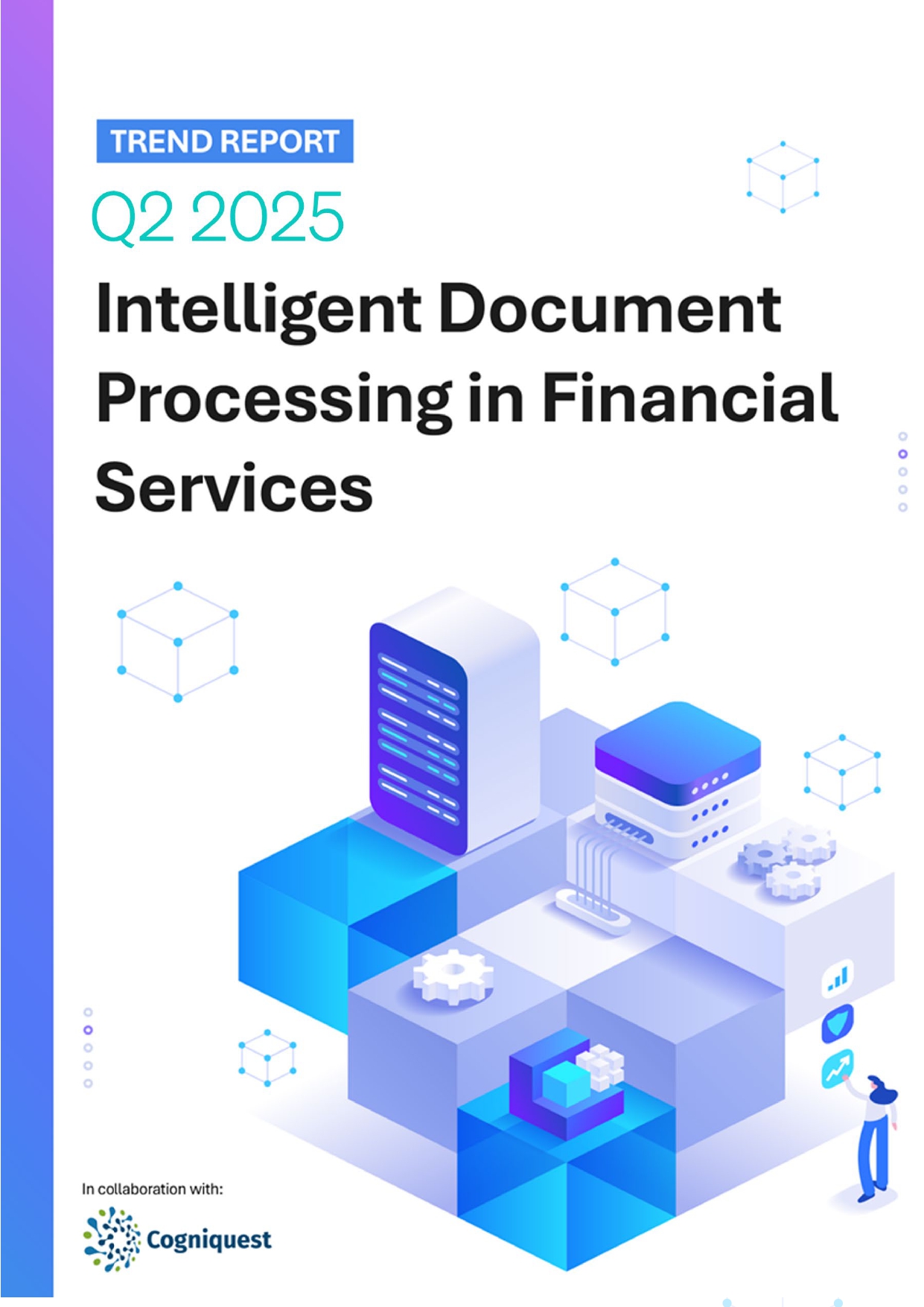 Back
Back
Let’s talk about LIBOR
The clock is ticking, LIBOR may not quite be on borrowed time, but it is heading towards its sell-by date at the end of this year.
Michael Koegler, Managing Principal and Pieter Van Vredenburch, Principal, Market Alpha Advisors, review what’s at stake.
Unless you have been living under a rock, you are likely aware that IBORs, the benchmark indices underlying $350 trillion in financial instruments globally, are about to be discontinued in every jurisdiction around the world. This isn’t news to anyone in the financial services industry and has been in the works for several years.

Despite the long lead time, many institutions – particularly in the US are not where they should be in their preparations. With the deadline a year away, that real sense of urgency has set in at many institutions. To be fair, firms have been somewhat distracted with the Covid-19 pandemic and have not been able to devote as many resources to this as they would have liked. Some have been hoping for an extension to the deadline, a legislative solution or another industry initiative to relieve them from the burden of dealing with the problem. This, however, has turned out to be wishful thinking.
The Federal Reserve has been trying to sell firms in the US on the idea of preparing for the transition, but they have not been as aggressive as other regulators around the world (notably the FCA) with their rhetoric and efforts to encourage firms to prepare.
Another factor contributing to the sluggish preparations is the difficulty in adopting the Secured Overnight Financing Rate (SOFR) as a replacement for LIBOR. The Alternative Reference Rates Committee (ARRC) chose to adopt SOFR over other established indices such as the overnight indexed swap (OIS). SOFR, a secured overnight rate with no inherent term structure, is completely different from LIBOR, an unsecured rate with a well-defined term structure. SOFR is new to the market and has features that do not work well within many sectors of the financial markets.
A certain degree of blame rests with the large money center banks. The ARRC members include 15 of them. They are supposed to be leading the industry by facilitating an orderly transition, but have instead been focused only on getting their own houses in order, working diligently to minimise litigation risks.
Finally, the sheer magnitude of the problem has some firms acting like a deer caught in the headlights. There is so much work to be done and many firms have severely underestimated the scale of the problem. To properly prepare for the transition an organisation needs to establish a proper governance structure and involve all areas of the firm, including the front, middle and back offices. The legal, compliance, market risk, IT and communications departments also need to be involved, and held accountable for hitting milestones. Without a proper governance structure, accountable to senior management, it is virtually impossible to coordinate a successful transition across a large organisation.
At this stage, firms should have educated themselves on the risks associated with the cessation of LIBOR, formulated a proper governance structure and identified affected instruments. The next step is to analyse the LIBOR fallback language embedded within deals, thereby enabling risk managers to categorise, sort and prioritise specific instruments for remediation. This sounds like a simple and straight-forward task, right?
Not by a longshot!
Analysing fallback language is an incredibly complicated process. Traditional data providers can supply you with a plethora of information on floating rate instruments. You can retrieve the issue date, maturity, index, index term, spread, credit rating, lead underwriter, trustee, etc. However, the one thing that no traditional data provider ever anticipated needing is information on what happens to a deal if LIBOR doesn’t set. The only way to properly analyse this risk is to comb through offering documents, indentures and supplements to determine how a discontinued reference rate affects the instrument.
Extracting the fallback language, categorising it and prioritising the risk will empower an institution to face the demise of LIBOR. Lacking an understanding of this unknown is something that firms should definitely be afraid of.
IBSi News

July 01, 2025
Asset Management
Stancer taps SBS for cloud-based regulatory reporting overhaul
Read MoreGet the IBSi FinTech Journal India Edition
- Insightful Financial Technology News Analysis
- Leadership Interviews from the Indian FinTech Ecosystem
- Expert Perspectives from the Executive Team
- Snapshots of Industry Deals, Events & Insights
- An India FinTech Case Study
- Monthly issues of the iconic global IBSi FinTech Journal
- Attend a webinar hosted by the magazine once during your subscription period
₹200 ₹99*/month
* Discounted Offer for a Limited Period on a 12-month Subscription
IBSi FinTech Journal

- Most trusted FinTech journal since 1991
- Digital monthly issue
- 60+ pages of research, analysis, interviews, opinions, and rankings
- Global coverage
Other Related Blogs
April 10, 2025
Is “OS Approach” the answer to enhancing Legacy Systems & Process Automation in Private Markets?
Read MoreRelated Reports

Sales League Table Report 2025
Know More
Global Digital Banking Vendor & Landscape Report Q2 2025
Know More
NextGen WealthTech: The Trends To Shape The Future Q4 2023
Know More
Intelligent Document Processing in Financial Services Q2 2025
Know More
